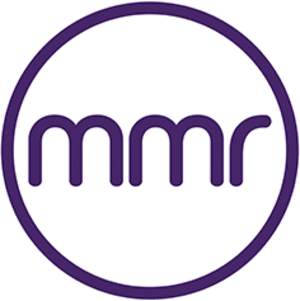Digital ads must be relevant, better-targeted and controllable to cut through the clutter
Chaired by Jay Owens, research director at Pulsar, the session entitled ‘Earning attention in the digital age’ examined some of the tenets of engaging audiences online, rather than alienating them.
Owens pointed out that today, people are being constantly harassed, sometimes overwhelmed by media content from across a plethora of information channels. For brands, cutting through and reaching consumers is beset with challenges.
Jo Tenzer, measurement partnership lead at Facebook pointed out that while radio took 38 years to reach 38 million listeners and TV took 13 years to reach similar audience numbers, mobile took just a decade to reach 2bn people.
“The growth is no less profound, it’s just happened a lot quicker,” she said. “With the growing impact of digital, advertisers need to work harder to ensure relevance when planning campaigns.
“We see multiple ads every day, many more ads on many more platforms and those ads can be better targeted.”
Strong creative is essential, Tenzer said, adding that imagery strikes an impression more quickly than text (with an MIT study concluding that it takes just 13 milliseconds for the average person to recognise an image).
“We live in a visual world and our online experiences have got to get better, with more exciting and engaging content.” She decried ads that are unclear in what they are selling and those that slow down people’s browsers.
“Bad ads are disruptive and can annoy us,” she explained. “We should be seeing more of the stuff that we want to see and less of the stuff we don’t.”
Tenzer was joined onstage by Adam Isaacson, director at Ipsos MORI, who explained the agency’s work with Facebook to understand and tackle the growth of ad blocking “not how but why they are doing it”.
The study found that among the majority of the sample ( 69%) downloaded ad-blockers to avoid disruptive ads, 58% to avoid ads that slowed branding and 56% to avoid malware and security compromises.
Isaacson distilled three his presentation into three lessons: relevance is key, ads need to be better targeted and controls “really help”, allowing consumers to stipulate what sort of ads they want to be targeted with.
Meanwhile, Olesya Moosman, head of research at Twitter, talked about how brands should tailor their messages and tone of voice when attempting to reach and engage with consumers.
“Communicating succinctly while retaining personality is an art,” she said, paraphrasing Mark Twain, who said “If I had more time, I would have written a shorter letter”.
She told how Twitter worked with agency Flamingo’s semiotics team to identify “what makes a good tweet”, establishing that the best, most popular and engaging tweets strike a balance between the written and spoken word.
A dozen styles of successful tweet were identified, including the ‘New news tweet’, designed to break through the noise but to be used sparingly; the ‘Quick take tweet’, opinionated and informed; the ‘Go mock yourself tweet’, which uses self deprecating humour to make point contrary to its ostensible message; and the ‘That’s BS tweet’.
“Style really matters,’ she said. “If you can find a style that works for the occasion and for the personality, then you can write the perfect tweet.”

We hope you enjoyed this article.
Research Live is published by MRS.
The Market Research Society (MRS) exists to promote and protect the research sector, showcasing how research delivers impact for businesses and government.
Members of MRS enjoy many benefits including tailoured policy guidance, discounts on training and conferences, and access to member-only content.
For example, there's an archive of winning case studies from over a decade of MRS Awards.
Find out more about the benefits of joining MRS here.











0 Comments